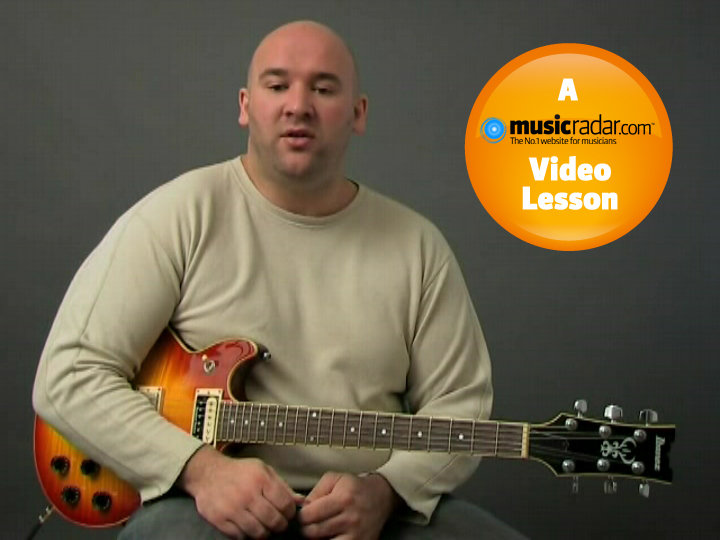Major scale string bending for beginners

So, you already know the basic technique behind bending strings. But what next? Well, then next step is to bend within a scale to make sure the bent notes you're hitting fit within the piece you're playing. In this video, we're talking about the major scale.
Bend down?
You bend up, you bend down… Right? Well, yes, but one of the key parts of string bending is how you release your bend, so sometimes you should only hear the sound of the string as you bend up, and other times you should hear the string ring out as you release the bend too. Obviously, once you've bent a string up in pitch you will need to release it at some point. Here, we notate string bends with 'BU' for bend up and 'BD' for bend down. Where you see BD it's telling you to let the string ring out as you release the bend. If there's no BD, you shouldn't hear the release phase of the bend. Look at the first three notes of Example 2 below. You should bend from F# to G# and back down to F# again in one smooth motion. You should only pick the first note here.
Next page: tab examples for the video
Example 1: E major scale

(Click tab to enlarge)
This is the scale our track is based on this issue. Practise the scale as it's written here first, then try bending from one note to the next.
Example 2: Bend and release example

(Click tab to enlarge)
There are standard 'bend-ups' here, plus some notes you'll need to bend and release. Look for the 'BDs' in the tab to tell you where you should hear the release.
Want all the hottest music and gear news, reviews, deals, features and more, direct to your inbox? Sign up here.
Total Guitar is Europe's best-selling guitar magazine.
Every month we feature interviews with the biggest names and hottest new acts in guitar land, plus Guest Lessons from the stars.
Finally, our Rocked & Rated section is the place to go for reviews, round-ups and help setting up your guitars and gear.
Subscribe: http://bit.ly/totalguitar
